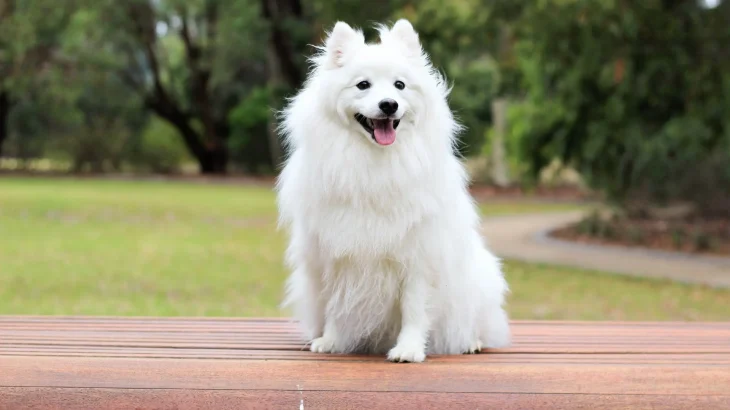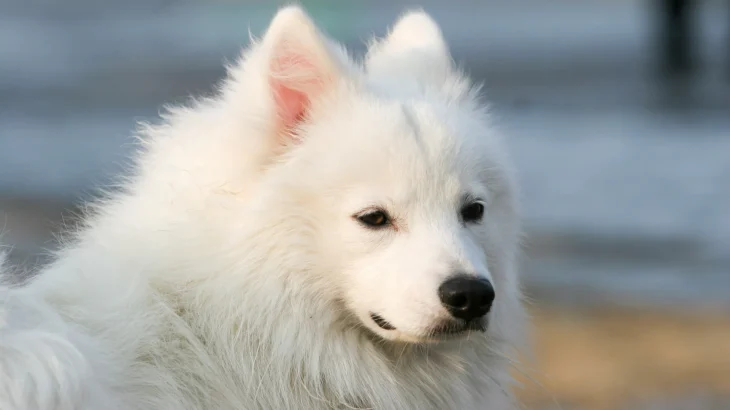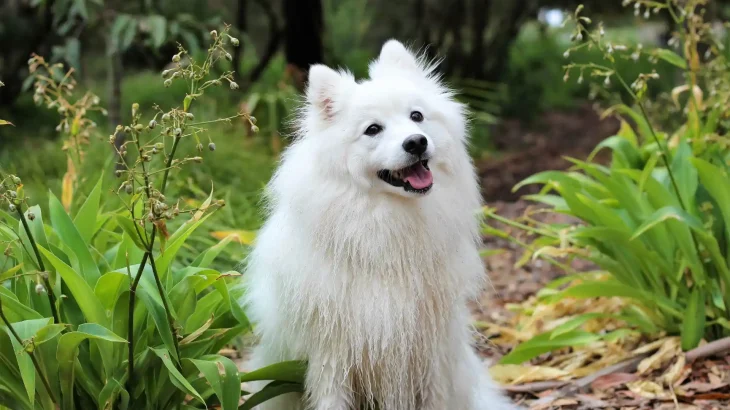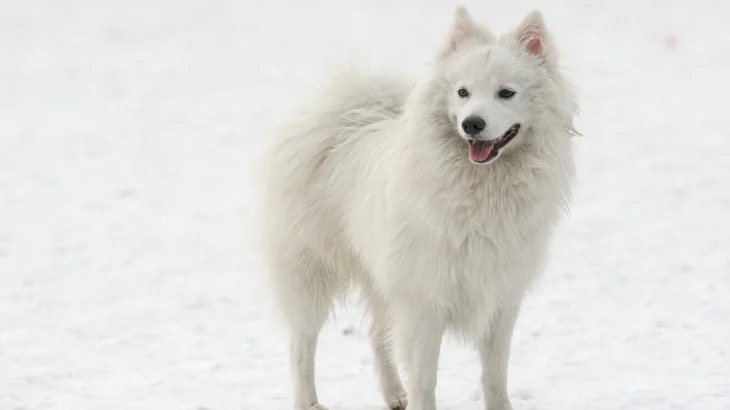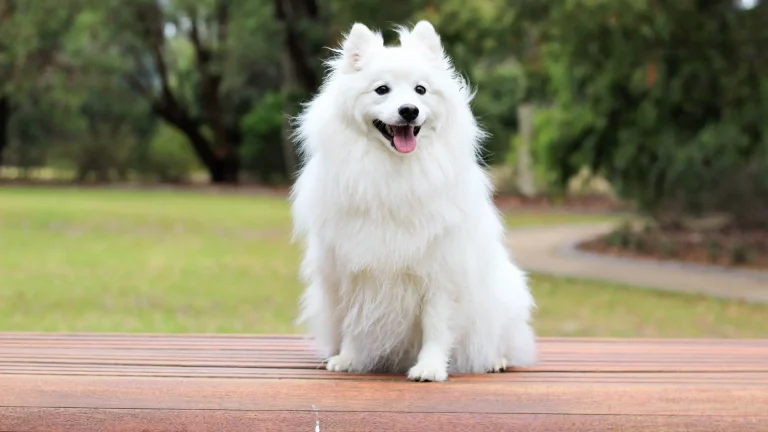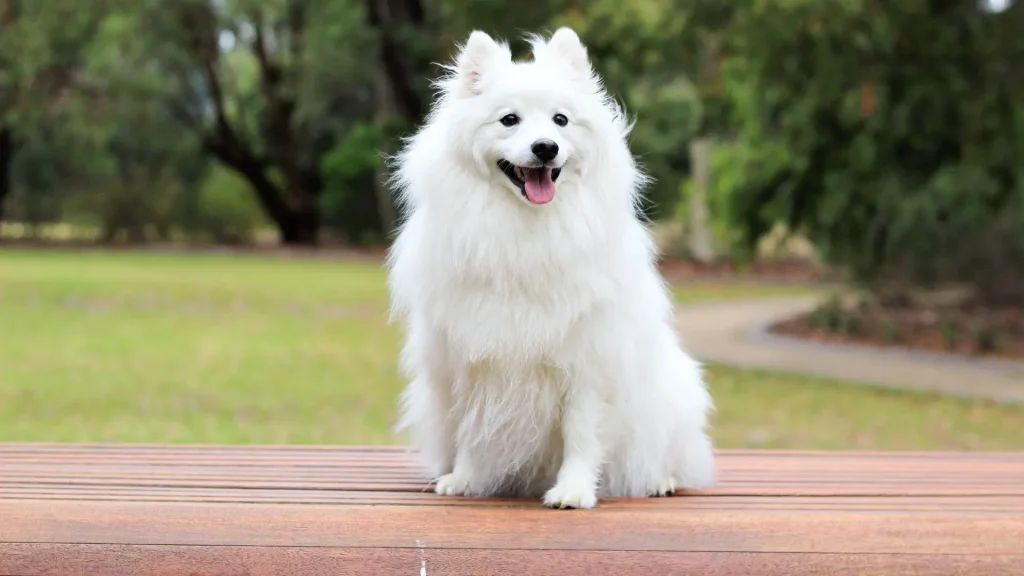Deciding whether to adopt or purchase a Japanese Spitz puppy involves weighing factors like cost, health details, and ethics. Buying from a reputable breeder usually offers clearer health history and pedigree, while adoption is often more affordable and gives a home to dogs in need.
| Criteria | Buying from Breeder | Adopting from Shelter/Rescue |
|---|---|---|
| Cost | Higher initial cost due to pedigree and breed traits. | Lower fees that often include spaying/neutering, vaccines, microchipping. |
| Health History | Detailed records and some genetic screening often available. | Health history may be unknown; shelters do basic health checks. |
| Age Availability | Typically puppies for early socialization and training. | Range of ages including adults and seniors. |
| Temperament Insight | Breeders share lineage temperament and early behavior. | Shelter staff observe behavior but may lack full background. |
| Supporting Practices | Supports breeding programs; choose responsible breeders. | Supports animal welfare by rehoming dogs in need. |
| Risk of Genetic Disorders | Lower if breeder tests; some breed issues like Patella Luxation checked. | Unknown genetics; risk varies. |

